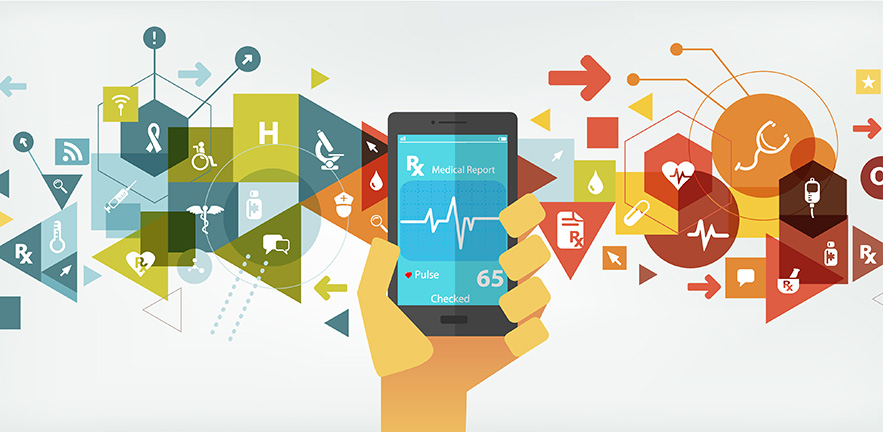Since 2010, access to “the highest attainable standard of health” has been a constitutional right in Kenya. However, an estimated 80 per cent of Kenyans remain without access to quality medical coverage, indicating a massive discrepancy between theory and reality on ground.


What are the major challenges that underpin such a discrepancy and what can be done to improve these numbers over the years and generations to come? A part of the answer lies in actively empowering financially constrained patients by combining the immense donor inflows into the country with mobile money usage.
The challenges
While one can list countless reasons that lead and have led to the current gap in country-wide access to healthcare, we can focus on two major challenges.
Challenge 1: inefficient donor fund distribution
The donor community is currently responsible for roughly 30 per cent of all health payments in Kenya. These contributions certainly play an important role in delivering quality care and better access to healthcare. However, the underlying challenge is how difficult efficient monitoring of these amounts (both time and cost-wise) is and to ensure that they reach their targeted destinations and purposes. The nearly impossible task of maximising fund distribution efficiency on a country-wide level and the logistical challenges involved is added to the problematic.
Challenge 2: high out-of-pocket spending and low access to risk pooling mechanisms
Kenya is rather unique in that a large portion of health expenditure is delivered by private providers, as opposed to public ones. Patients will rely more and more on private health facilities. By 2025, it is estimated that private health expenditure could account for 75 per cent of the total money spent on health.
From this enormous source of health expenditure, around 77 per cent (data from 2013) has come from out-of-pocket. In very simple terms, this means that most health-related bills are paid with the money that sits in the wallet of the patient. As a consequence, unexpected health issues frequently drive people from the lower-income groups into extreme poverty or simply become unaffordable and thus not accessible to these groups. Simultaneously, saving for healthcare is a never-ending challenge, particularly for the Bottom of the Pyramid (BoP) population, as cash management tends to reflect meeting immediate needs.
Shifting decision-making to the people knowing best
What can be done to find a solution to tackle these large challenges and to most efficiently allocate the immense proportion of donor money contributing to health expenditure? There is no single clear cut answer and this blog post is not trying to suggest one. Though on the basis of common logic and basic economics, the likely solution lies in reducing the need for extensive and costly logistical planning, highly burdening donor overhead costs, among other sources of donor fund distribution inefficiencies. A pragmatic way seems to lie in shifting donor funds from a predominantly top-down approach to a more patient and treatment-oriented approach. In essence, it would be more efficient to shift the decision-making of the use of funds to the people that are the core beneficiaries from the same and thus should know best: the financially constrained patients seeking care and medication.
Riding on the mobile money wave in Kenya
Kenya is a leader in mobile money use worldwide. In 2013, an astounding 43 per cent of the country’s GDP flowed through M-PESA, the nation’s most popular mobile money platform, with an average mobile money transaction size of $29. In 2011 already (latest data available), 67 per cent of Kenyans above the age of 15 used mobile phones to receive money, and 61 per cent used mobile phones to send it. Looking at past data, it is without doubt that the introduction of mobile money has revolutionised the country with regards to financial inclusion and money transfers to an absolutely astonishing extent.
It is time to bring this revolution to the healthcare sector. One suggestion is to directly disburse available donor funds into mobile wallets of potential patients at the BoP, monitored by a claims management system similar to an insurance company.
The first step towards such system shift has been already made. It comes as a result of a collaboration between the country’s largest mobile platform provider, a Dutch healthcare-oriented NGO and a local healthcare payment administrator, giving birth to a tool called M-TIBA. M-TIBA enables donors to directly and without any diversions contribute donations to the patient in need.
Banked and accessed via a normal mobile phone, disbursed funds by donors can be locked in to serve certain population segments, such as pregnant women or people from the BoP, and specific purposes, such as Malaria medication or HIV treatment, and made accessible to all patients falling under the selected categories. Users of this mobile wallet can voluntarily complement external funding and save, individually or as close community groups, for future healthcare needs by contributing their own personal funds. Supported by an insurance-like claims management system and monitored by an independent party, M-TIBA users are able to access saved and dedicated external funds via their mobile wallet to pay for the relevant services, after their doctor or other healthcare provider has determined the need for such. Not only does this solve challenge 1, i.e. the donor inefficiency story, but it also actively addresses challenge 2, as saved money in this wallet cannot be spent on anything but healthcare.
The time has never been better to reignite the Kenyan mobile money revolution, now specifically in the space of healthcare. We could be looking at a way that may unlock access to healthcare to potentially millions of Kenyans, helping to break the vicious cycle of overall healthcare sector development in the country.


Leave a Reply